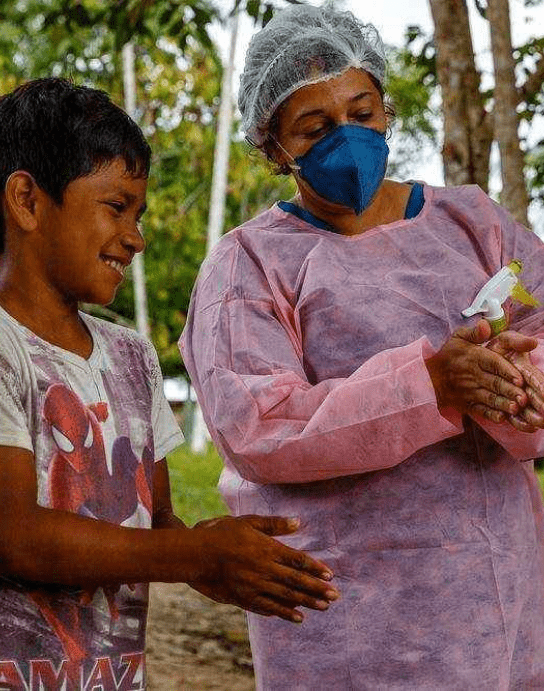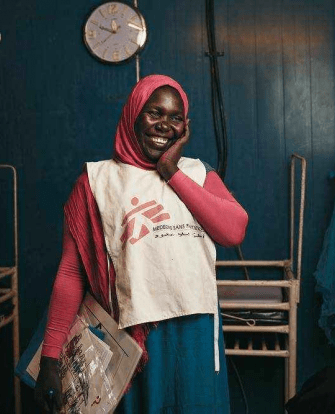Putting malnutrition in context
Malnutrition remains one of the most pressing and complex challenges facing the world today. According to the latest Global Report on Food Crises, nearly 282 million people across 59 countries and territories faced severe acute hunger in 2023—an increase of 24 million since 2022, when numbers were already alarmingly high. This surge is caused by sharp deteriorations in food security, especially in Gaza and Sudan. This is the fourth consecutive year of strikingly high food insecurity across the world. Doctors Without Borders/Médecins Sans Frontières (MSF) continues to respond to the malnutrition crisis around the world, and our teams implemented considerable interventions in 2023.










